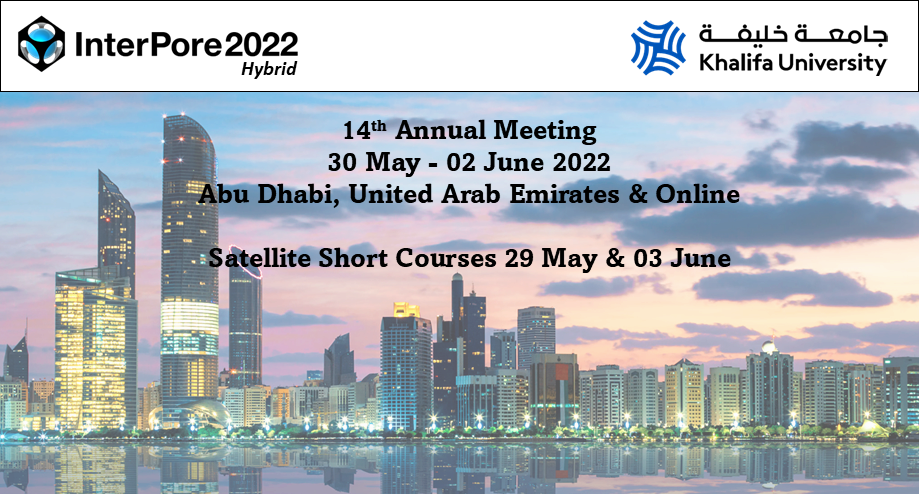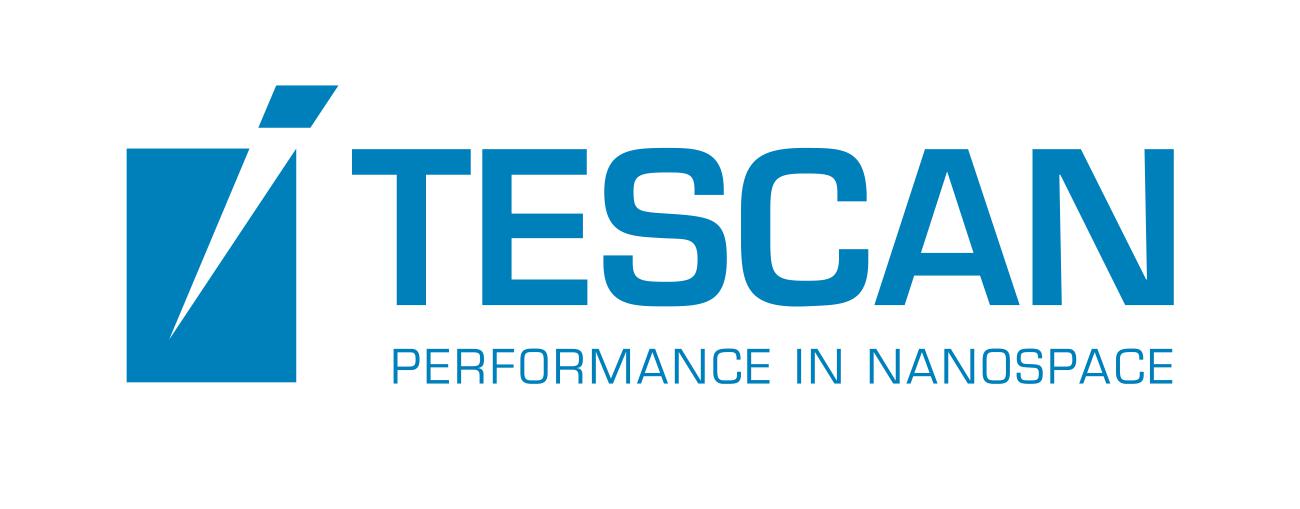Speaker
Description
The exploitation of chalk reservoirs in the context of hydrocarbon production and CO2 and thermal storage causes in situ changes in stress and saturating fluid, which in turn entail rock compaction, seafloor subsidence, wellbore instability and fault reactivation that can ultimately jeopardise the economic viability of a field [1,2]. The efficiency of new technology such as radial jet drilling and time-lapse seismic interpretation in stimulating and monitoring production are also impeded by subsurface deformation [3,4]. Reliable prediction of chalk deformation is therefore of primary importance so that suitable field development plan can be implemented in a safe manner. To this purpose, experimental studies were conducted to quantify the geomechanical properties of outcrop chalks considered as analogues for reservoir rocks [5,6]. However, there is a lack of systematic assessments comparing quantitatively the properties of outcrop and reservoir rocks to ensure that experimental data can be transferable. In this context, our study assesses and compares the shear and plastic behaviour of Maastrichtian and Danian reservoir chalk from the North Sea by using an extensive experimental database (>80 triaxial tests). The impacts of water saturation (Sw) and mineralogy on rock geomechanics are considered by analysing tests carried out on oil- and water-saturated specimens with various mineralogical composition. Overall, the porosity of the core samples ranges between 30% to 45% porosity, thereby allowing to cover a wide spectrum of reservoir rock types that are likely to deform in a field.
The results indicate that the impact of Sw on rock strength differs between the outcrop and reservoir chalk. Contrary to observations reported on outcrop specimens, the water weakening effect is porosity dependent for subsurface chalk. This mechanical contrast may be due to a change in mineralogy. Besides, the analysis of the core samples shows that clean Danian lithology (<3% quartz content) is stronger than the clean Maastrichtian counterpart, especially towards low porosity values. For instance, at 34% porosity, the specimens from the Tor Fm. start deforming plastically at 34 MPa hydrostatic stress, which is 8 MPa lower than the estimated pore collapse stress of clean chalk from the Ekofisk Fm. Calcite cementation is thought to be the main controlling factor, although further investigation is needed to confirm this hypothesis. Impure Danian chalk (>4% quartz content) appears as the strongest lithology likely due to the presence of quartz cement in pore space that strengthens the rock fabric. Finally, the yield surfaces (shear failure line and end cap) of intact, Danian and Maastrichtian chalk from the North Sea are reconstructed and compared in a mean-deviatoric stress plot with porosity as a third axis. The outcomes of this work can be integrated in constitutive models and assist engineers and geologists in developing geomechanical simulators that capture the specific mechanical behaviour of the Ekofisk and Tor Fms in the context of hydrocarbon exploitation as well as CO2 and energy storage.
References
[1] Schutjens PMTM, Kokker P, Rai UBB, Kandpal J, Cid Alfaro MV, Hummel ND, et al. Compaction- and shear-induced well deformation in Tyra : Geomechanics for impact on production. 52nd US Rock Mech. / Geomech. Symp., Seattle: ARMA; 2018.
[2] Angus DA, Dutko M, Kristiansen TG, Fisher QJ, Kendall JM, Baird AF, et al. Integrated hydro-mechanical and seismic modelling of the Valhall reservoir: A case study of predicting subsidence, AVOA and microseismicity. Geomech Energy Environ 2015;2:32–44.
[3] Medetbekova MK, Hajiabadi MR, Christensen HF, Brovelli A, Shamsolhodaei A, Sørensen HO, et al. Evaluation of the behaviour of the lateral boreholes in the Gorm chalk field. Int J Rock Mech Min Sci 2020;136:104499.
[4] Barkved OI, Kristiansen T. Seismic time-lapse effects and stress changes: Examples from a compacting reservoir. Lead Edge 2005;24:1244–8.
[5] Collin F, Cui YJ, Schroeder C, Charlier R. Mechanical behaviour of Lixhe chalk partly saturated by oil and water: Experiment and modelling. Int J Numer Anal Methods Geomech 2002;26:897–924.
[6] Descamps F, Faÿ-Gomord O, Vandycke S, Schroeder C, Swennen R, Tshibangu J-P. Relationships between geomechanical properties and lithotypes in NW European chalks. Geol Soc London, Spec Publ 2017;458:227–44.
| Participation | Online |
|---|---|
| Country | Denmark |
| MDPI Energies Student Poster Award | No, do not submit my presenation for the student posters award. |
| Time Block Preference | Time Block A (09:00-12:00 CET) |
| Acceptance of the Terms & Conditions | Click here to agree |









